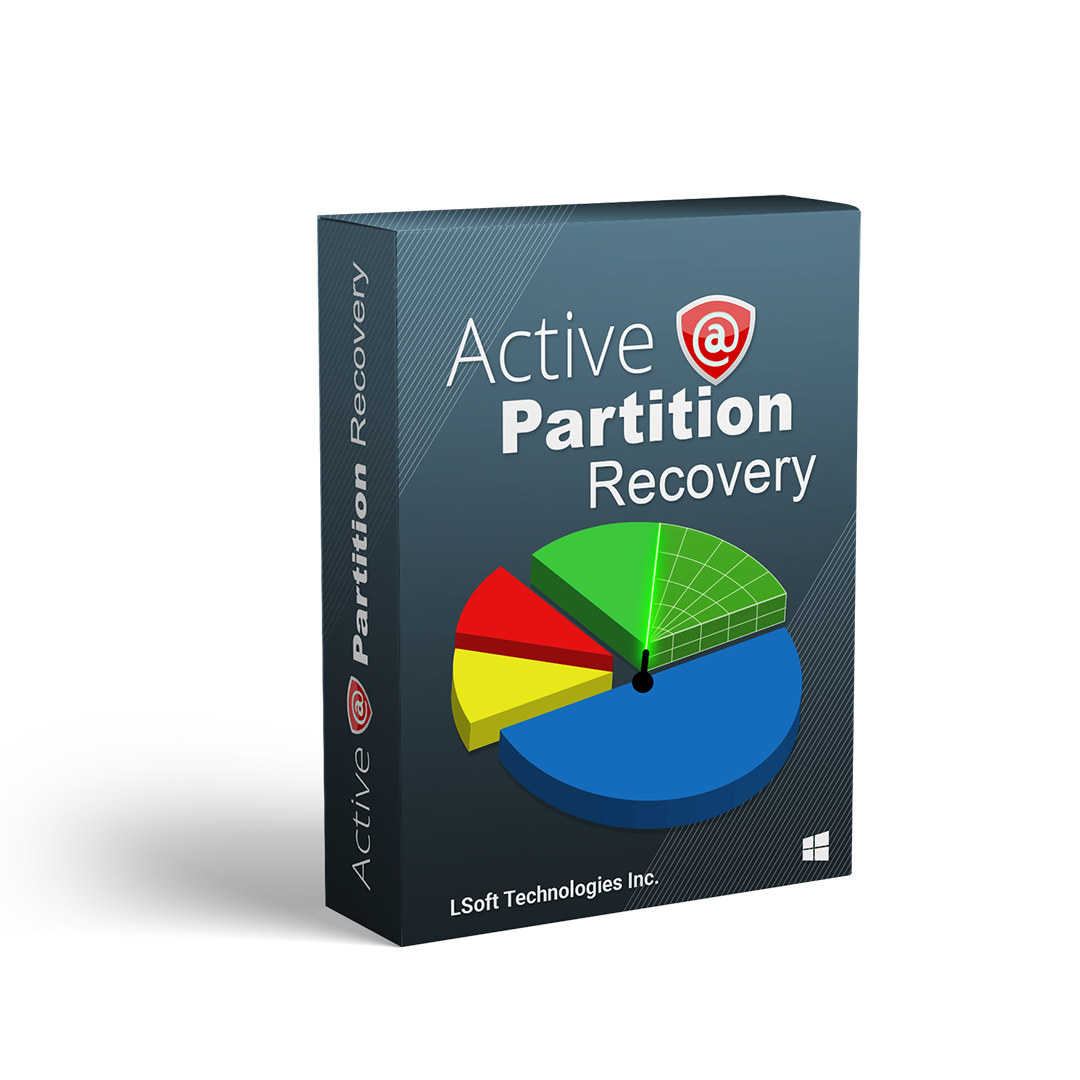Primary Partition. Extended Partition. Logical Drives
Logical Drives and Extended Partitions
When more than four logical disks are required on a single physical disk, the first partition should be a primary partition. The second partition can be created as an extended partition, which can contain all the remaining unpartitioned space on the disk.
A primary partition is one that can be used as the system partition. If the disk does not contain a system partition, you can configure the entire disk as a single, extended partition.
Some computers create an EISA configuration partition as the first partition on the hard disk.
Windows NT detects an extended partition because the System ID byte in the Partition Table entry is set to 5. There can be only one extended partition on a hard disk.
Within the extended partition, you can create any number of logical drives. As a practical matter, the number of available drive letters is the limiting factor in the number of logical drives that you can define.
When you have an extended partition on the hard disk, the entry for that partition in the Partition Table (at the end of the Master Boot Record) points to the first disk sector in the extended partition. The first sector of each logical drive in an extended partition also has a Partition Table, which is the last 66 bytes of the sector. (The last two bytes of the sector are the end-of-sector marker.)
These are the entries in an extended Partition Table:
- The first entry is for the current logical drive.
- The second entry contains information about the next logical drive in the extended partition.
- Entries three and four are all zeroes.
This format repeats for every logical drive. The last logical drive has only its own partition entry listed. The entries for partitions 2-4 are all zeroes.
The Partition Table entry is the only information on the first side of the first cylinder of each logical drive in the extended partition. The entry for partition 1 in each Partition Table contains the starting address for data on the current logical drive. And the entry for partition 2 is the address of the sector that contains the Partition Table for the next logical drive.
The use of the Relative Sector and Total Sectors fields for logical drives in an extended partition is different than for primary partitions. For the partition 1 entry of each logical drive, the Relative Sectors field is the sector from the beginning of the logical drive that contains the Partition Boot Sector. The Total Sectors field is the number of sectors from the Partition Boot Sector to the end of the logical drive.
For the partition 2 entry, the Relative Sectors field is the offset from the beginning of the extended partition to the sector containing the Partition Table for the logical drive defined in the Partition 2 entry. The Total Sectors field is the total size of the logical drive defined in the Partition 2 entry.
If a logical drive is part of a volume set, the Partition Boot Sector is at the beginning of the first member of the volume set. Other members of the volume set have data where the Partition Boot Sector would normally be located.
For more detailed information see resource kits on Microsoft Developers Network (MSDN)
Recover partitions and disks
Restores lost partitions and disks back to working state
QuickScan for fast partition recovery
QuickScan easily detects partitions which are deleted but not re-formatted
SuperScan for low-level partition detection
SuperScan uses low-level scan process to detect re-formatted and damaged partitions
Last Chance recovery method
Last Chance technology helps with severely damaged filesystems on volumes

